How to Deliver Intelligent Shopping Experiences with Strategic Product Recommendations
On June 15th at 12pm EST/9am PST, Searchspring hosted a 1-hour Product Recommendations webinar featuring an expert panel from Overdose where we discussed how to deliver intelligent shopping experiences with strategic product recommendations.
Sites that leverage personalized recommendations yield five times higher conversion rates on average. Not only do recommendations help acquire more first-time buyers with bigger carts, but they also give incentive to returning customers to come back for more!
How exactly can I 5x my conversions with recommendations? As we’ve said before, the power lies in personalization. Sure, maybe you have some products you THINK your shoppers might like (and you’re not necessarily wrong if you want to give it a test). But, ultimately your customers are going to buy what they WANT.
So, we set up this Product Recommendations webinar to share the types and tactics of personalized recommendations that have the greatest impact. Here they are:
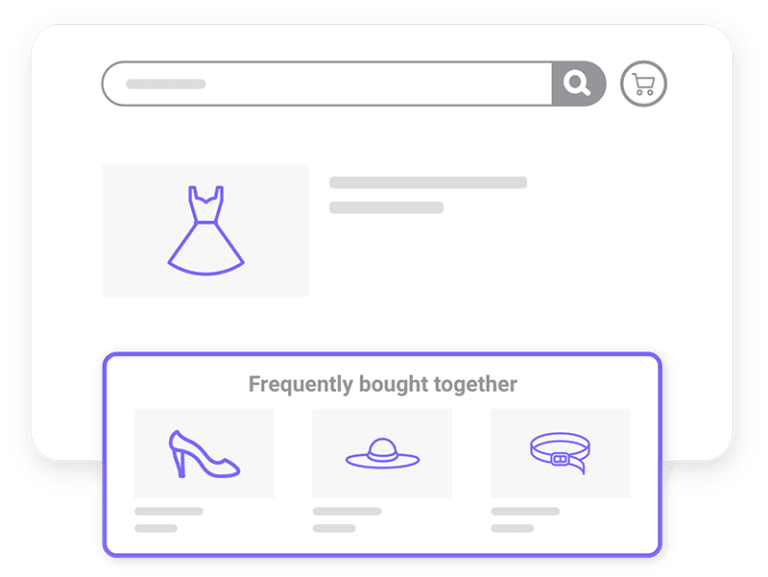
Show products that a shopper should consider purchasing in addition to the item currently being viewed with cross-sell recommendations
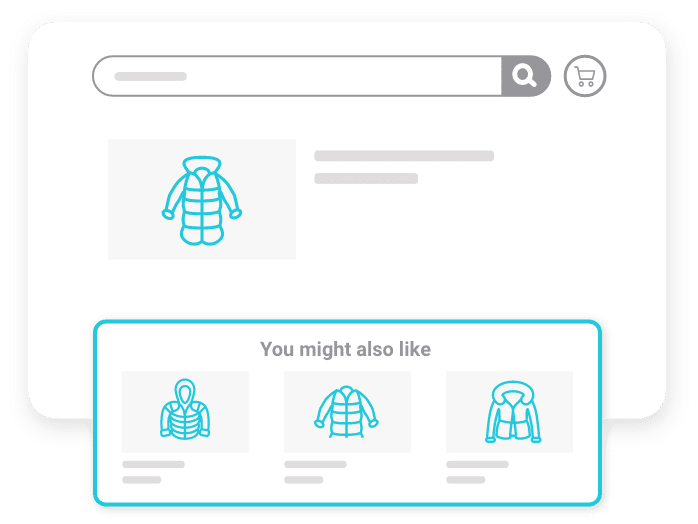
Serve up higher priced alternatives to the product currently being viewed with similar recommendations
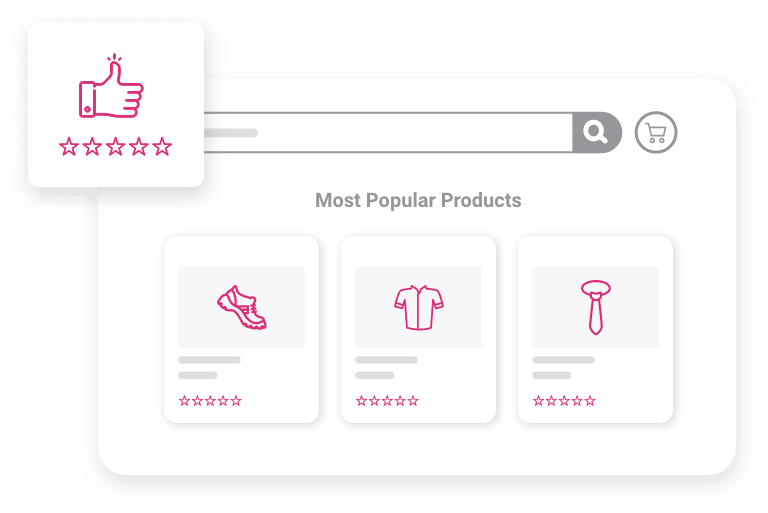
Recommend best-sellers from across your entire product catalog or category with trending product recommendations
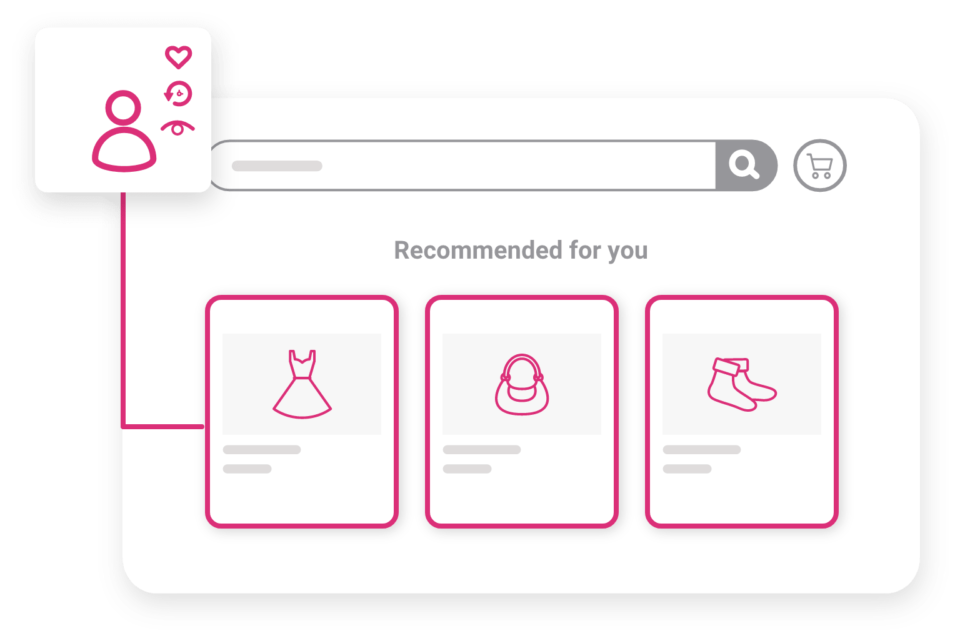
Leverage individual shopper preferences personal product recommendations and session recommendations
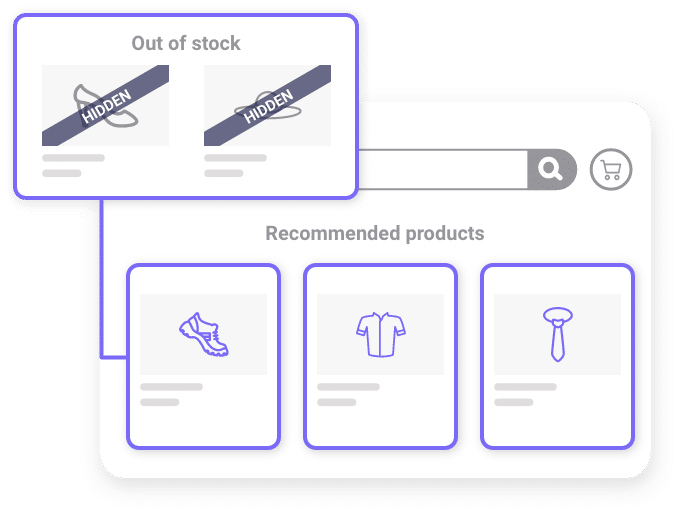
Control which products are recommended with exclusion rules and attribute rules
Ready to 5x your site conversions? View the webinar today!




